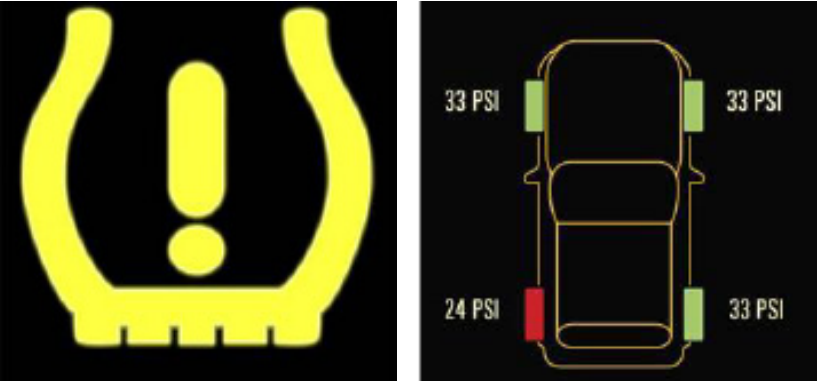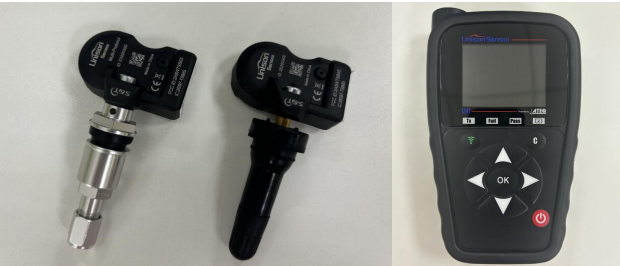How does the new Tire Pressure Monitoring System (TPMS) work?
When will the new TPMS be available?
What does it mean if the TPMS warning lamp illuminates?
What does the TPMS warning lamp look like?
There are two different low tire pressure warning indicators allowed by the federal standard. One icon is the cross-section of a tire with an exclamation mark inside. The other is a top view of a car with all 4 tires exposed.

Why is proper tire inflation important?
Why TPMS Sensors need to be replaced?
What sensor solutions are available for Sate?
- Programmable Sensor. 1 SKU,Dual Frequency, cover 98%+ models in North America market, available tools leading brand ATEQ VT41(customized version), VT46/47, VT56/57,VT65 to program Unison Sensor.

What kind of battery and tpms chip is used in the Sate sensor and how long does it last?What’s the Warranty period?
What are the features of Sate Unison sensor?
Copyright © Sate Web design